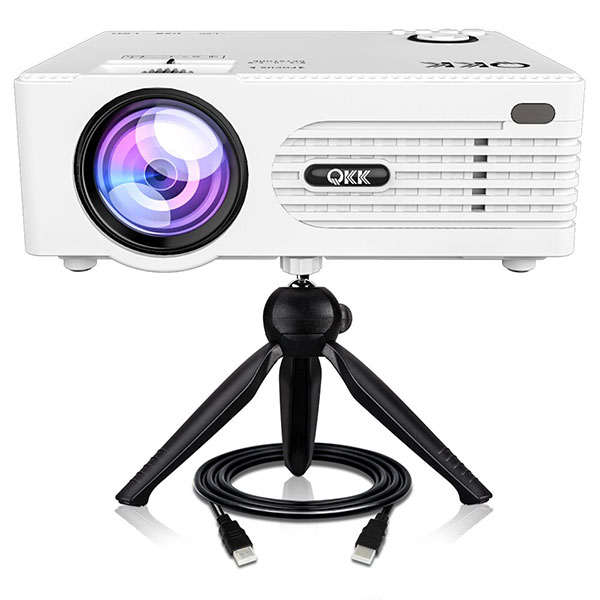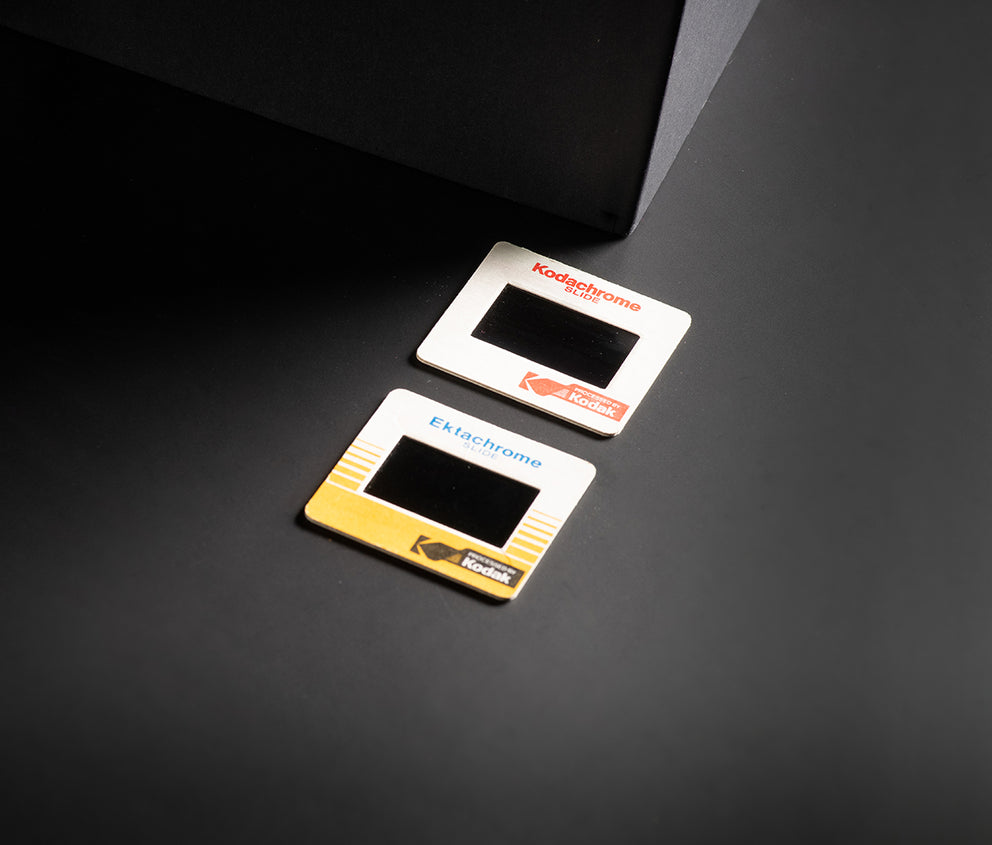
The Nikon Coolscan V ED ($550, street) used for this comparison produced usable scans within minutes of coming out of its box. The good news: Film scanners have become ultra sophisticated and ultra easy to use. But, if you want the possibility of making prints from your duped slides, pass on the duplicator and consider a film scanner.ĬON Images not sharp enough for big prints.
#BEST HOME METHOD TO CONVERT SLIDES TO DIGITAL PRO#
Our test images made with Adorama’s Pro Optic Zoom Slide Duplicator were sharp enough for viewing on a computer monitor, but when output to even small 4×6 print sizes, the full-resolution images from our Kodak 14n setup were noticeably softer than the original slides.īottom Line: If you’re digitizing slides for computer slide shows, DVDs for TV viewing, or for posting on the web, a slide duper might suffice. With our duping system finalized, we were able to knock out six or seven slides per minute. With auto white-balancing, you can use almost any common light source so long as it’s bright. In the film era, matching the color palate of your duping film to that of the light source was a major consideration. Your camera’s auto white-balancing feature also comes in handy.

Once you’re set up, duping goes quickly, thanks in part to your DSLR’s LCD monitor and histograms, which make finding the right exposure a snap. Because the unit’s fixed aperture is small (to assure adequate depth of field for sharpness), the viewing image is very dim, necessitating a bright source to see the slide and confirm that it’s correctly positioned in the gate. We found it easiest to work with our DSLR (the Kodak DCS PRO 14n) on a tripod, which we placed about 10 inches in front of a bare 150-watt tungsten light bulb that served as both a viewing and taking light. To begin, dust each slide with bursts front and back of canned air before duping. With some slides, that can be an improvement, but for scenes that were carefully composed in-camera, it’s a deal-breaker.

When you achieve the desired crop, lock the gate into position with the two thumb screws, and you’re ready to dupe.Ī downside to duplicators: With DSLRs that have APS-sized sensors, you’re forced to crop into the image. The slide gate adjusts in four directions, letting you crop left, right, top, or bottom. Most duplicators today also have a zoom mechanism that lets you continuously crop into the center, eliminating up to 50 percent of the image area.


The duper focuses a slide’s image onto your DSLR’s imaging plane using an internal lens that has a fixed aperture and focusing distance. Unlike scanners, they don’t require electricity or a computer.ĭupers have a lensmount on one end of the cylinder and a sliding gate that holds two slides on the other. Duplicators are relatively small, rugged, and easy to store and transport. Selling for about $85 (street), a slide duplicator (or “duper”) is a cylinder that attaches to your DSLR’s lensmount using a T-mount adapter ring ($18 street). You have three choices: Use a slide duplicator on your digital SLR, scan them, or outsource the task to a slide duping house. Your best bet? Usher these memories into the 21st century by digitizing and burning them to DVDs. Got stacks of slide carousels loaded with holiday, vacation, and other family memories? Those trays hold too much personal history to be tossed, but in their current analog state, all those images are just too bulky, dusty, and, well, old-fashioned to bother with.


 0 kommentar(er)
0 kommentar(er)
